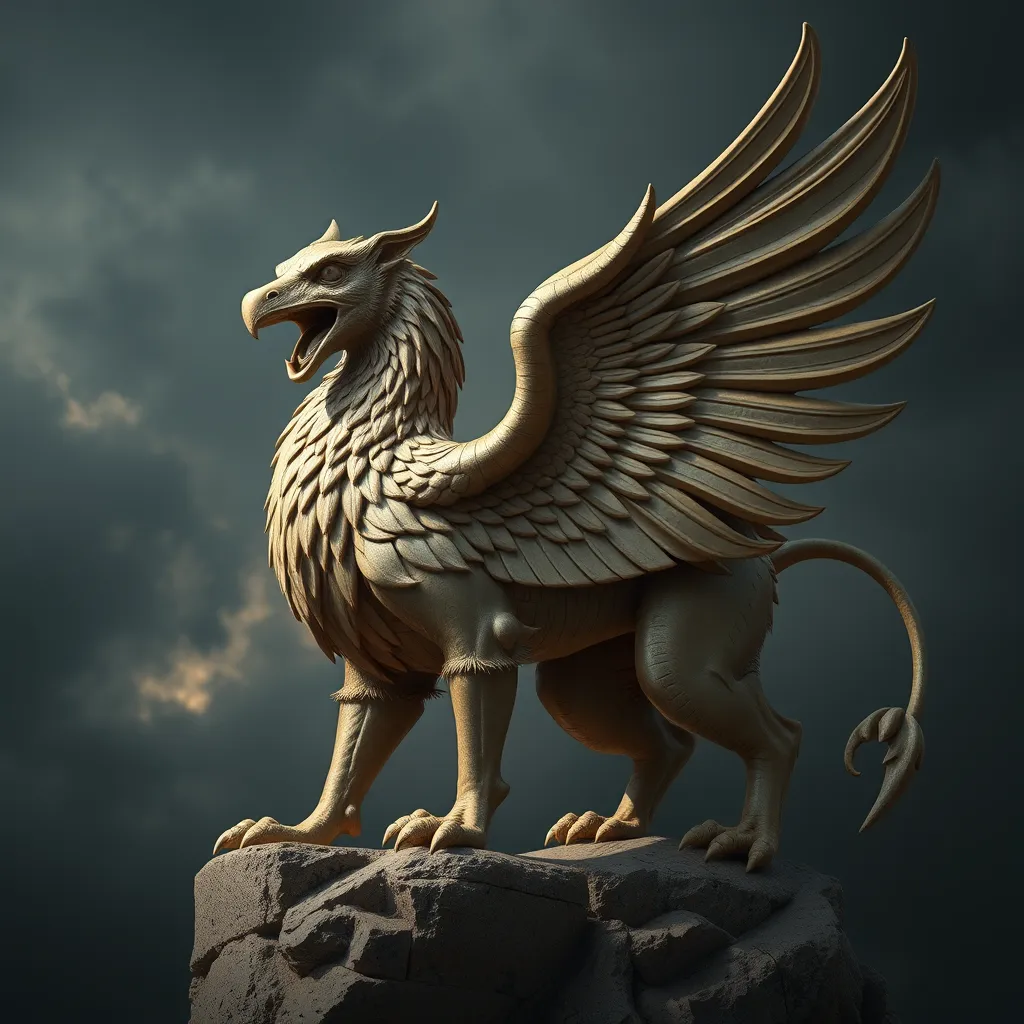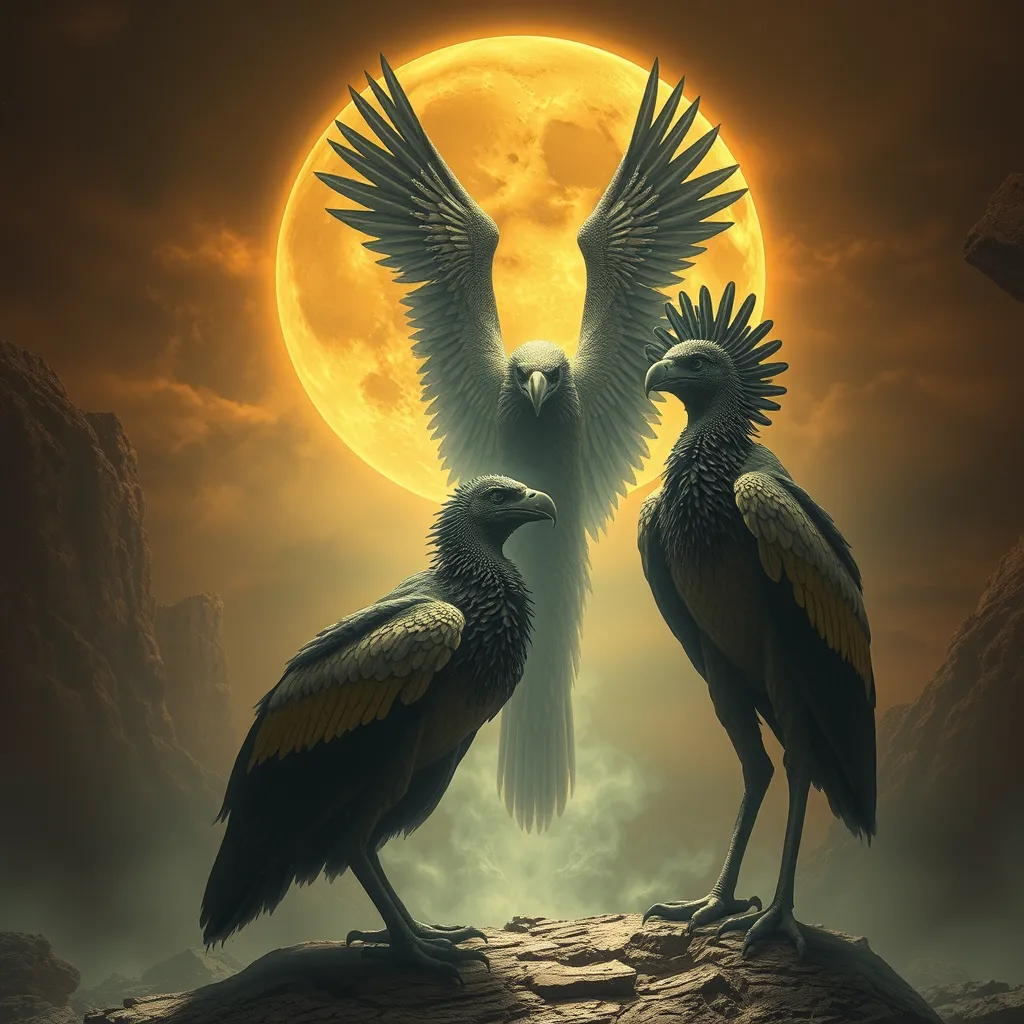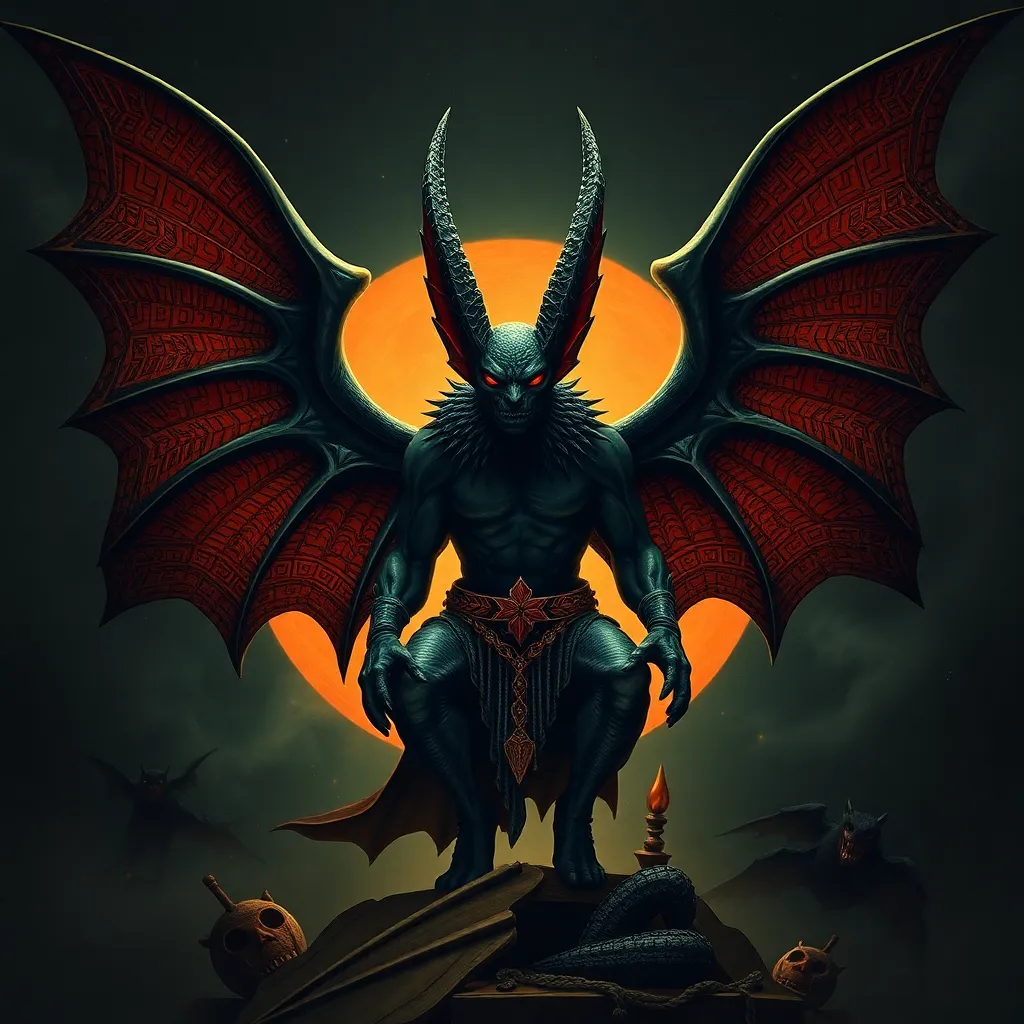A Symbol of Strength and Majesty: The Griffin in Ancient Greek Art and Literature
I. Introduction
The griffin, a legendary creature with the body of a lion and the head and wings of an eagle, holds a significant place in the tapestry of ancient cultures. Its majestic form symbolizes strength, courage, and protection, making it a prominent figure in both art and literature. In ancient Greece, the griffin was not merely a fantastic creature; it represented the duality of power and vigilance, embodying the qualities revered by the Greeks.
This article explores the multifaceted role of the griffin in ancient Greek art and literature, examining its origins, symbolism, and enduring influence across cultures and time periods. Through this exploration, we aim to illuminate the griffin’s significance as a timeless emblem of strength and majesty.
II. Origins of the Griffin in Mythology
The roots of the griffin can be traced back to ancient Near Eastern cultures, where it was often depicted in the art and mythology of civilizations such as the Mesopotamians and Egyptians. These early representations established the griffin as a creature of divine protection and royal power.
As the griffin made its way into Greek mythology, it became intertwined with various myths and legends. The Greeks adopted and adapted the griffin, incorporating it into their own stories and artistic expressions. This integration marked the griffin’s evolution into a symbol of strength and guardianship.
Symbolically, the griffin embodies the qualities of both the lion and the eagle. The lion represents terrestrial strength, while the eagle signifies celestial power, making the griffin a hybrid creature that stands as a protector of both realms. It was often associated with the sun and was believed to guard treasures, whether material or spiritual.
III. The Griffin as a Protector and Guardian
In ancient Greek culture, the griffin was revered as a guardian of treasures and sacred spaces. This protective role is evident in various forms of artistic expression, where griffins are depicted standing sentinel over valuable objects or important locations.
- Griffins guarding treasures: In many myths, griffins were said to guard gold and other precious materials, symbolizing their role as protectors of wealth.
- Sacred spaces: The griffin was often associated with temples and altars, serving as a guardian to ensure the sanctity of these spaces.
Artistic depictions of griffins often emphasize their protective nature. For instance, in pottery and sculpture, griffins are shown in dynamic poses, wings outstretched and poised to defend against intruders. This interpretation reinforces the idea of the griffin as a watchful guardian, fiercely defending what is sacred.
IV. Representations of the Griffin in Ancient Greek Art
The griffin’s imagery is prevalent in ancient Greek art, particularly in pottery and sculpture. Artists employed various styles and techniques to portray this magnificent creature, reflecting its importance in Greek culture.
Notable examples of griffin representations can be found in:
- Pottery: Many amphorae and kraters feature griffins, often depicted in battle scenes or as part of intricate decorative patterns.
- Sculpture: The griffin was frequently carved into stone, serving as architectural elements in temples and public spaces.
The artistic styles varied significantly, from the geometric patterns of the early Greek period to the more naturalistic approaches of later eras. Each representation captures the essence of the griffin, showcasing its dual nature as both a fearsome predator and a noble guardian.
V. The Griffin in Greek Literature
In addition to its visual representations, the griffin appears in various works of Greek literature, including epic poetry and myths. The creature often symbolizes strength, nobility, and the protective force of the gods.
Examples of griffin mentions in literature include:
- Homer’s epics: Although not mentioned directly, the themes of guardianship and strength can be seen in the roles that griffins fulfill in other mythological narratives.
- Later myths: In stories involving heroes and divine quests, griffins often play roles that highlight their protective nature.
The character of the griffin in these narratives emphasizes its connection to themes of strength and nobility, portraying it as a creature that commands respect and fear. The griffin serves as a reminder of the power dynamics between humans and the divine, reinforcing its status as a majestic guardian.
VI. The Griffin’s Influence on Later Art and Culture
The legacy of the griffin extends beyond ancient Greece, influencing Roman art and continuing to resonate in medieval and modern culture. The creature’s powerful symbolism and striking appearance made it a popular motif across various artistic mediums.
In Roman art, griffins were frequently used in decorative elements, showcasing their status as symbols of strength and protection. As the centuries progressed, the griffin’s imagery evolved, appearing in:
- Medieval art: Griffins were often used in heraldry and as decorative motifs in manuscripts and architecture.
- Modern art: Contemporary artists continue to draw inspiration from the griffin, reimagining it in various forms and contexts.
The griffin’s enduring symbolism as a protector and a majestic creature continues to capture the imagination, making it a timeless figure in artistic expression.
VII. The Griffin in Modern Interpretations and Symbolism
In modern literature and media, the griffin has found new life, appearing in fantasy genres, films, and popular culture. Its portrayal often emphasizes its mythical qualities, blending ancient symbolism with contemporary themes.
Additionally, the griffin serves as a powerful symbol in:
- Heraldry: Many coats of arms feature griffins, representing courage and guardianship.
- Branding: Companies and organizations sometimes adopt the griffin as a logo, leveraging its associations with strength and nobility.
The evolution of the griffin’s symbolism reflects changing cultural values and the ongoing fascination with mythological creatures. As society evolves, so too does the interpretation of this majestic guardian.
VIII. Conclusion
In conclusion, the griffin holds a significant place in ancient Greek art and literature, symbolizing strength, majesty, and protection. Its origins in Near Eastern cultures and its subsequent integration into Greek mythology underscore its importance as a guardian figure.
Reflecting on the griffin’s enduring legacy, we see that it remains a powerful symbol, capturing the imagination of cultures throughout history. For those interested in exploring this topic further, delving into ancient texts, archaeological findings, and artistic representations can offer deeper insights into the fascinating world of the griffin.



